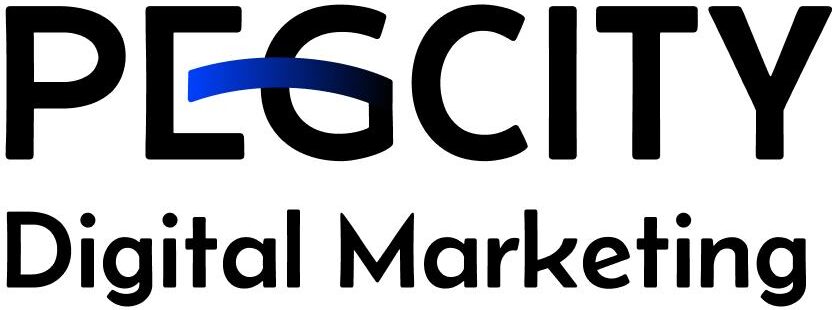SEO or AEO? In today’s digital world, it’s not enough to simply rank high on Google — you need to answer what people are truly asking. That’s where SEO (Search Engine Optimization) and AEO (Answer Engine Optimization) come in. While both aim to boost online visibility, they serve different purposes in how your business appears in search results. If you’re a small or medium-sized business trying to grow online, understanding the distinction between SEO and AEO is crucial.
What is SEO?
Search Engine Optimization (SEO) is the practice of optimizing your website and content to appear higher in search engine results pages (SERPs). It focuses on:
-
Using relevant keywords
-
Creating high-quality content
-
Improving technical performance
-
Earning backlinks
-
Optimizing meta tags, URLs, and images
SEO helps attract users to your site organically by aligning your content with what they’re searching for.
Example: A user types “best social media tools for small businesses” into Google. If your blog post with this keyword ranks on page 1, that’s effective SEO in action.
What is AEO?
Answer Engine Optimization (AEO) focuses on optimizing your content to provide direct, concise answers that search engines — and especially AI-powered assistants like ChatGPT or Google’s featured snippets — can use to respond to user queries.
Unlike traditional SEO, that is about bringing people to your site, AEO is about structuring content so that the search engine itself can understand and present your answer immediately.
Example: A user asks, “What’s the difference between SEO and AEO?” and Google or an AI bot responds with a paragraph taken directly from your site — that’s AEO doing its job.
Why AEO Matters Now More Than Ever
Voice assistants, smart devices, and AI search tools are changing how people interact with content. Users are now asking questions in full sentences, like “What’s the best way to optimize my homepage for SEO?” — and they expect a direct answer.
With Google’s SGE (Search Generative Experience) rolling out and AI answers becoming the norm, AEO is becoming essential for future-proofing your content strategy.
Key Differences Between SEO and AEO
| Feature | SEO | AEO |
|---|---|---|
| Goal | Rank higher on search engines | Provide direct answers to user questions |
| Focus | Keywords, backlinks, and technical health | Structured data, clarity, and concise answers |
| Format | Long-form articles, blogs, guides | Short answers, lists, tables, and FAQs |
| Outcome | Clicks to your website | Visibility in featured snippets or voice search |
How to Optimize for Both SEO and AEO
Good news — you don’t have to choose between them. They complement each other. Here’s how to combine both:
-
Use clear headings and subheadings to organize content
-
Include FAQs to capture direct answers
-
Use schema markup to help search engines understand your content
-
Answer “People Also Ask” questions in your blog posts
-
Prioritize user intent over just keyword stuffing
SEO or AEO: Which One Does Your Business Need?
If your business is just starting with digital marketing, SEO should still be your first priority — it builds your long-term foundation. But ignoring AEO now could mean missing out on future search visibility.
Especially if you’re in local SEO, e-commerce, or service-based industries, AEO helps you show up in those coveted featured snippets, voice searches, and AI responses.
Final Thoughts
In 2025 and beyond, the businesses that win online are the ones that answer better, not just rank higher. By combining a solid SEO strategy with smart AEO practices, you’ll improve your visibility across all types of search experiences.
At PegCity Digital Marketing, we don’t just chase rankings. We create meaningful, answer-driven content strategies that position your business as a trusted source, both for Google and your future customers.



